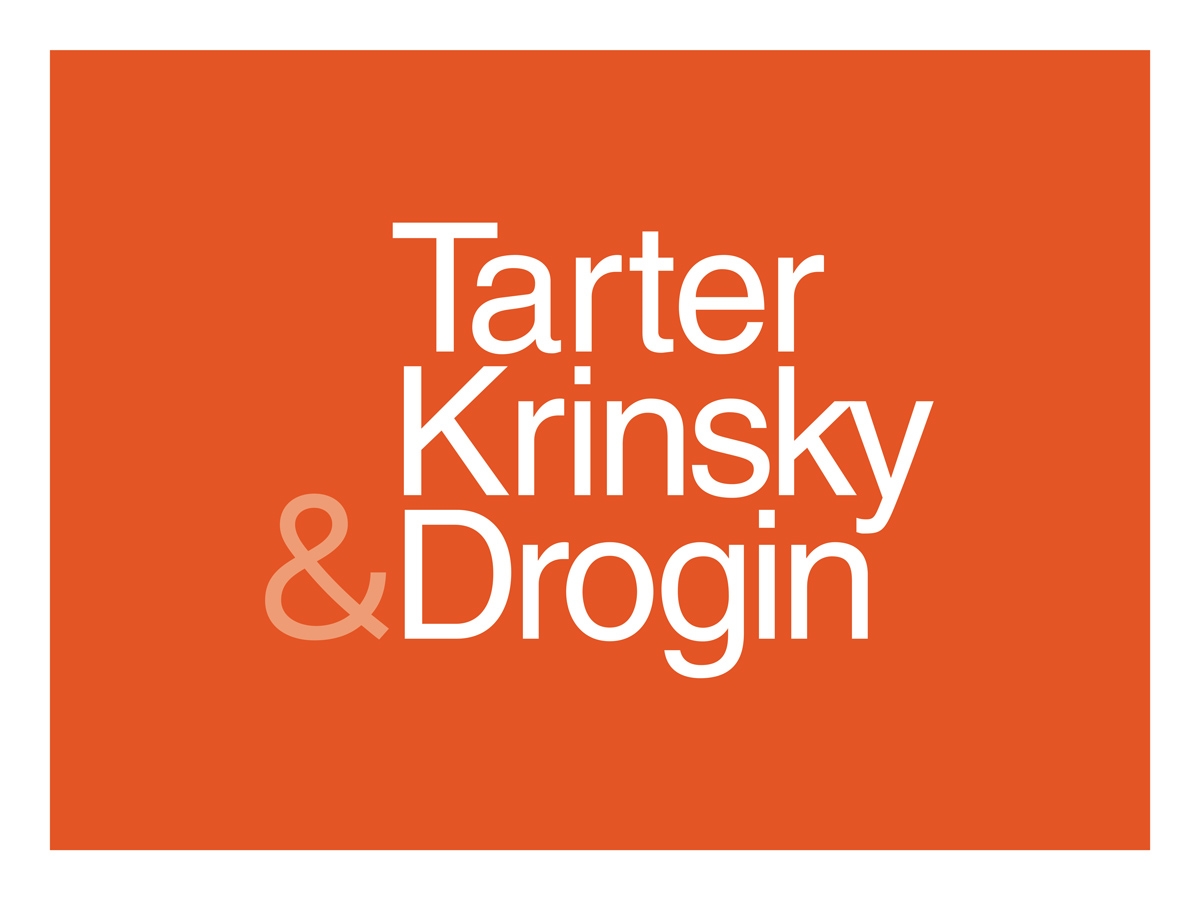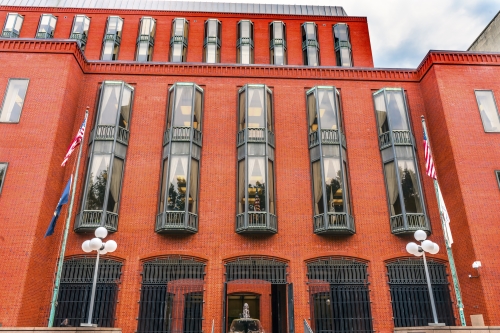A Private Sale Is Not Sufficient for Public Disclosure Under 35 USC 102(b)(2)(B) | Knobbe Martens
Before Dyk, Clevenger, and Stoll. Appeal from the Patent Trial and Appeal Board.
Summary: An invention is not “publicly disclosed” under 35 USC 102(b)(2)(B) by the inventor’s private sale, even though a private sale may constitute an invalidating “public use” under 35 USC 102(a)(1).
Kaijet petitioned for inter partes review challenging claims of a patent owned by Sanho on grounds that the claims were obvious. Each obviousness combination included a U.S. patent application publication known as Kuo, which had an effective filing date before the Sanho patent. Sanho alleged that Kuo was not prior art because the inventor of the challenged Sanho patent sold and delivered Sanho a device embodying the claimed invention prior to Kuo’s effective filing date. Sanho contended that this private sale qualified as a public disclosure such that Kuo was not prior art under 35 U.S.C. § 102(b)(2)(B). The Board rejected Sanho’s arguments, determining that the private sale was not a public disclosure that qualified for the exemption of § 102(b)(2)(B). Sanho appealed, contending the term “publicly disclosed” in 102(b)(2)(B) should be construed to include all the disclosures described in 102(a)(1), including situations where the invention was “on sale.”
The Federal Circuit affirmed the Board’s decision, holding that a claimed invention is not publicly disclosed vis-à-vis section 102(b)(2)(B) through a private sale. The Federal Circuit noted, that while subject matter may be disclosed under 102(a)(1) through a private sale, a textual reading of the statute indicated that the “publicly disclosed” in 102(b)(2)(B) is a different phrase that should be given narrower meaning by addition of the word “publicly.” Further, the Federal Circuit noted that legislative history indicated that 102(b)(2)(B) public disclosure requires public accessibility. Finally, the Federal Circuit differentiated “public use” and “public disclosure,” with the latter requiring the invention to be made available to the public. The Federal Circuit declined to incorporate judicial interpretations of “public use” in section 102(a)(1) into the definition of “publicly disclosed” in section 102(b)(2)(B). Because the private sale between the inventor and Sanho did not sufficiently disclose the inventive subject matter to the public for the 102(b)(2)(B) exception to apply, the Board did not err in determining that Kuo was prior art.
Editor: Sean Murray
SANHO CORP. V. KAIJET TECHNOLOGY INTERNATIONAL LIMITED, INC.





